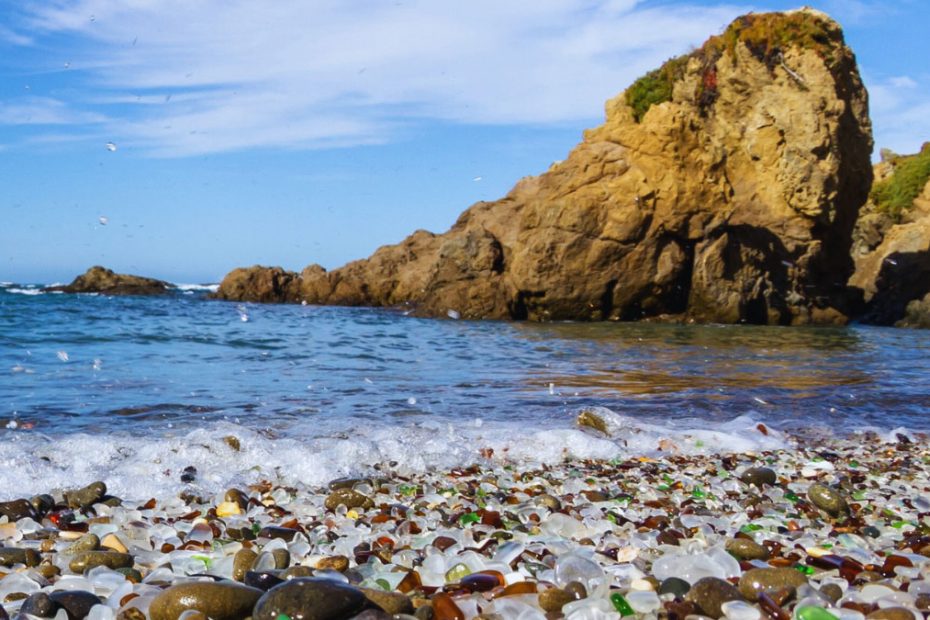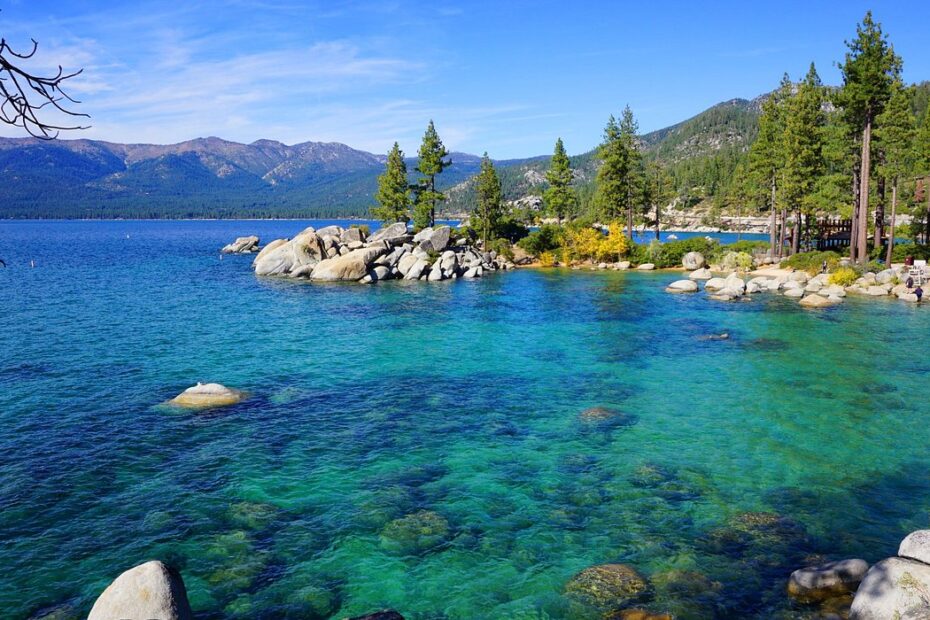Sea Glass Beach in Bermuda: A Hidden Gem of Maritime Heritage
Discover the colorful treasures along Bermuda's stunning coastline.
Explore curated travel itineraries, hidden gems, and expert travel tips to make your next journey unforgettable.
Explore DestinationsDiscover specialized travel guides for every type of adventure
Our latest and most popular travel articles

Discover the colorful treasures along Bermuda's stunning coastline.

Explore Florida's best locations for finding beautiful sea glass treasures.

Find the perfect family-friendly resort for your Bahamas vacation.
The most sought-after travel destinations around the world
Let us help you plan your perfect getaway with expert itineraries and travel insights.
Explore ItinerariesFresh travel inspiration and guides

Enjoy the Bahamas without breaking the bank with these free activities.

Discover the best activities in Lake Tahoe for every season.

Plan the perfect European family vacation with these child-friendly cities.
Visual highlights from our recent explorations





